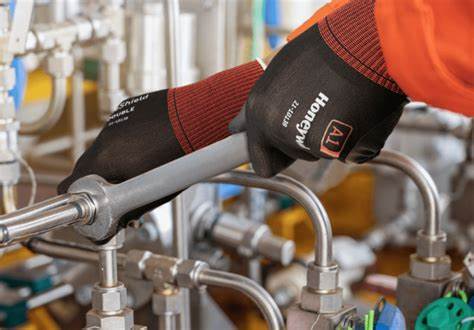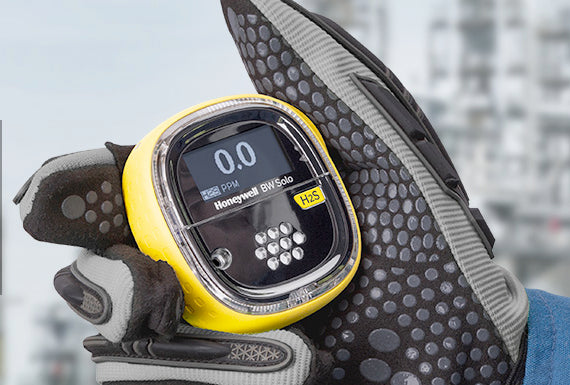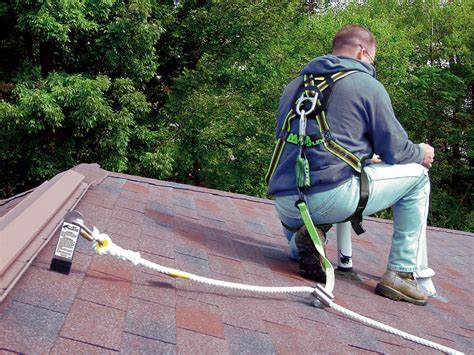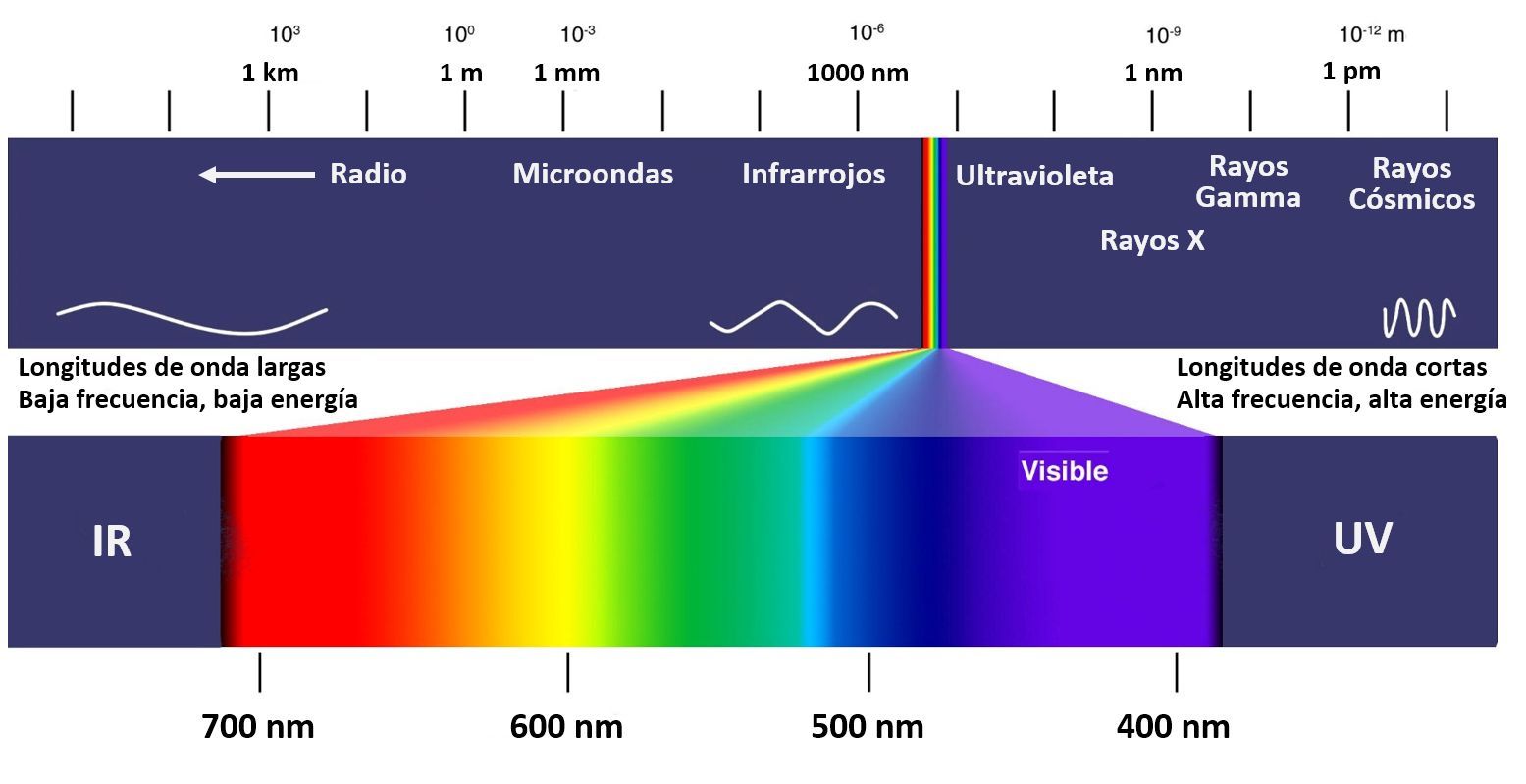As Workers, it is possible that certain outdoor activities expose us to a certain amount of sunlight that is unhealthy. It is a proven fact today that certain UV and UVA light waves can increase the risk of diseases ranging from certain discomforts such as excessive tearing, dry eyes, itching or itching, even skin cancer or photokeratitis. But why do these injuries happen, and do we know if they are progressive?
First of all, I will say that UV or Ultraviolet rays are an electromagnetic wave (it is the way they travel so many distances) and that they are between 10 and 400 Nanometers. These waves are of course filtered by the ozone layer, however Depending on the time, the position of the earth and the place or country, they will have an Index which tells us how harmful it is for us to be exposed to these light waves and for how long.
Since this blog is not a physics class, we will only say that an index of 8 or higher can hurt you a lot. But you would like to know why.
UV Rays are absorbed by the cornea and lens of the eye and have a direct and cumulative impact on visual health, since the cells of the eye do not have the ability to regenerate. That is to say, we are born with the same cells and we die with a little less than we were born. Under normal conditions, the risk of too much exposure to the sun is that it can damage our eyes much more quickly. depending on the types of rays we get most of our lives.
UVB They are the least harmful rays because they age the cells and stop in the upper layer of the skin surface, they are the cause of the signs of aging and wrinkles 400 nm
UVA are longer waves that penetrate deep into the surface of the skin, releasing free radiation, and causing changes in DNA.
UVC This type of waves are not found in sunlight, but in certain work processes such as welding, solar cameras, certain types of radiation or certain types of artificial lighting. They have a length of 290 nm, their exposure can affect the cornea, the lens, iris, retina, and related epithelial and conjunctival tissues
Now that you know the consequences of UV light, you will surely be interested in knowing how to protect yourself from ultraviolet radiation in your eyes. ?
At work there are many other dangers to which you are exposed, which is why safety glasses must provide you with adequate protection against UV light, but since they cannot be detected, you may not know if your glasses provide that protection.
1. Marking
Did you know that the frames of safety glasses have a marking that tells you about the type of tint your lens is made of? Ultraviolet protection is not exclusive to dark or colored lenses, in fact all Honeywell Uvex protective lenses They use filtering technology for 99.9% of UV rays in radiation ranges from 200 to 400 nm.
2. Low Light Conditions
Under certain work conditions in which it is necessary to observe signs or traffic signs and dark lenses are not recommended, we recommend Uvex Clear technology because even in bright conditions, the exclusive lens will offer protection or filtering of 92% of the light. light that is available. while it will continue to filter 99.9% of UVA and UVB radiation up to 400 nm.
3. Use a tinted lens whenever possible
When working outdoors for a long time or when performing indoor and outdoor tasks, glare can cause accidents. Those small seconds can distract the person or cause temporary blindness while the lens adapts to the new light conditions. Under these conditions it is suggested to use Uvex® SCT Reflect-50 technology, which will reduce the intensity of visible light by 50%.
This technology is highly recommended for workers who may have visual fatigue, if they take certain drugs that make them photosensitive, if they have had or have occasional epilepsies, if they perform tasks indoors or outdoors. The Uvex® SCT Reflect-50 lens will absorb UVA radiation. and UVB up to 385 nm and will continue to offer true color recognition and meets ANSI Z80.3-1996 traffic sign standards and is suggested as a general-purpose sunglasses for driving.
It is specifically designed to suppress glare and to allow the transition from inside to outside in different applications such as forklift handling, warehouse offices, etc.







